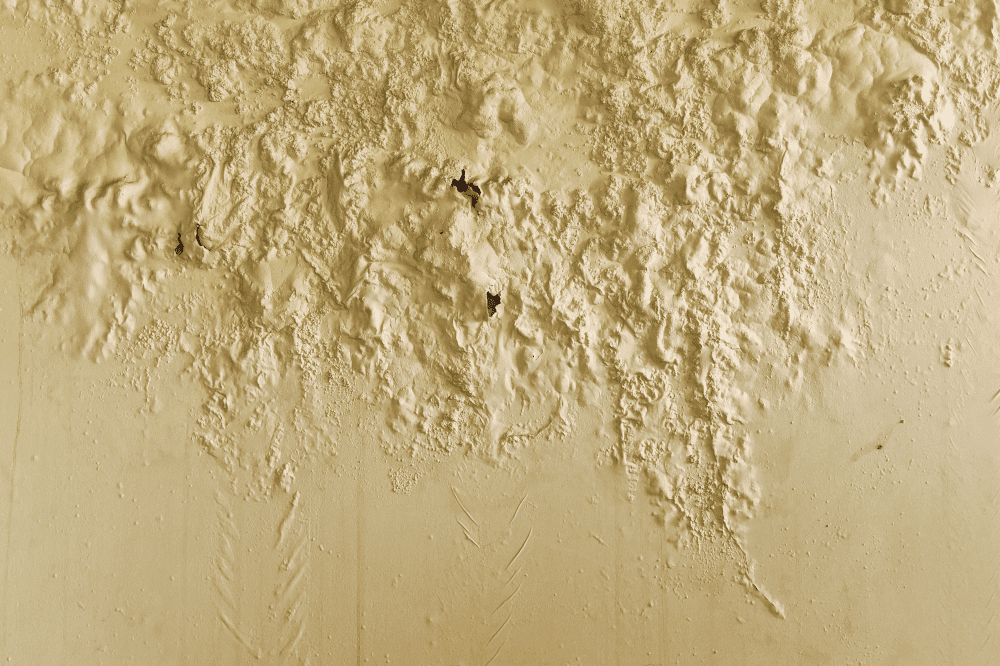Preventing Moisture Damage with Blow-In Insulation
To make your house comfortable and energy-efficient, you should use the right combination of ventilation and insulation. Insulation keeps water away from your home’s interior, so it won’t cause severe damage when there’s high humidity or leaky pipes; plus, it reduces heating/cooling costs. Moisture buildup in walls can cause serious damage to the building’s structure and allow mold growth that results in rot. Here are some important facts about blow-in insulation and how it can help improve the energy efficiency of your home.
What Is Blow-in Insulation?
Blown-in insulation is a blanket of tiny, lightweight particles that can be blown into the wall cavity. Styrofoam pellets, loose fiberglass fibers, and cellulose are the most commonly used materials for blown insulation. The material cellulose is particularly good at preventing moisture damage. It’s made from recycled materials like newspapers, cardboard, and wood waste. These materials are treated with boric acid in order to provide superior flame resistance as well as many other benefits. For example, boric acid is an insecticide and antiseptic which also acts as a safe and reliable mold inhibitor.
Cellulose insulation is made from recycled newspaper and can be installed in a home without removing the existing walls.
What Are Some Differences Between Blow-in Insulation and Other Kinds?
Fiberglass rolls or batting are the most common type of insulation and have been around for a long time. Batting is made from glass fibers or rock wool—light, fibrous materials that fill wall joints to provide thermal insulation. Batting is less expensive than drywall, but because it must be installed over existing drywall, its overall cost can be higher.
Insulation materials blown into wall cavities provide better airtightness than alternatives such as rolls, loose-fill pellets, or batts. They fill in the empty spaces between pipes, wires and other obstacles found within walls. Unlike rolls or batting, blown-in insulation materials can be added to your finished home easily, with minimal impact on the drywall.
Blow-in Insulation Can Help Prevent Moisture Damage
Blown-in insulation minimizes water damage by setting up a barrier between your building’s exterior and interior walls. This type of insulation creates a thick protective layer that reduces airflow, thereby reducing the risk that moisture will accumulate. Not to mention, the water resistance might even save you a lot of headaches in ripping out insulation after a flood! Though you can’t eliminate all cases of moisture arising from interior surface condensation, insulation does play an important role in preventing mold growth and structural damage to a home.
Expert Contractors in the Florida Area
If you’re hankering for more information about cellulose and the various other types of insulation at your disposal, contact us at Florida Air Express. With decades of industry experience under our belt and offices all across the Florida area, we have the expertise to handle all your commercial and residential insulation needs. Contact us today to learn more about our services or to schedule a visit, and kiss your mold woes goodbye for good!
